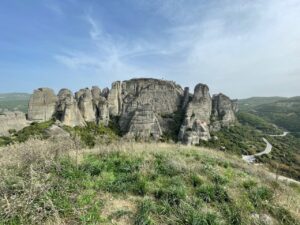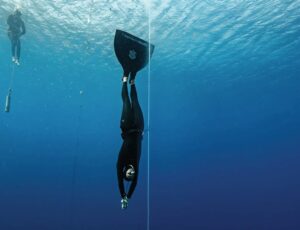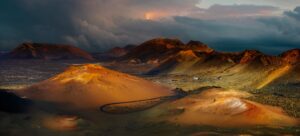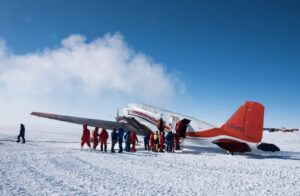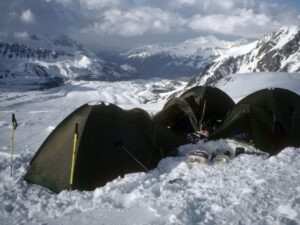When we’re not outdoors, we get our adventure fix by exploring social media and the web. Sometimes we’re a little too plugged in and browsing adventure reads can turn from minutes to hours. To nourish your adventure fix, here are some of the best adventure links we’ve discovered this week.
The myth of the ‘Blond Eskimos’: When Canadian-American adventurer Vilhjalmur Stefansson caught word of an elusive tribe of Inuit who had European features such as blonde hair and light eyes, he set out to not only see for himself but to sell a narrative that they were a lost Icelandic tribe descended from Leif Ericsson.
He Thought Long Covid Ended His Wildlife Adventures. Then He Met the Bears: Nine months into his battle with Long Covid, Aaron Teasdale had hardly made it past his backyard. He was feeling deeply disconnected from the wildlife he so loved. The cries of a lost bear cub in the nearby woods provided both an opportunity to reconnect to nature, and to reflect on his own feelings of uncertainty and loss.
Branching out to ascend new peaks

Photo: Shutterstock
A non-Sherpa climber’s rise can be an inspiration for Nepal’s aspiring mountaineers: Vinayak Jaya Malla did not come from a mountaineering family. He spent his youth staring at Dhaulagiri, longing to reach its peak and beyond. It felt like a pipe dream. Fast forward 30 years to see Malla with Everest, Manaslu, and more in his rearview. His journey is one of inspiration to those who want to take on unfamiliar challenges and reach new heights.
Why Isabella Bird, the Victorian explorer forgotten by history, became my heroine: Everyone has heard of Amelia Earhart, the great aviator. Or Florence Nightingale, the revered nurse. But what about Isabella Bird, the 4ft 11in Victorian adventurer who rode 1,300km across Colorado alone on a horse? The tragedy is that history has largely forgotten this pioneering explorer -– until now.
The Story of the Andes Survivors: Take a deep dive into the details of the familiar but heart-wrenching survival story. This incredibly detailed account takes you through the ordeal of the rugby team whose plane went down in the Andes in 1972. They had to survive for 72 days in freezing cold, before finally concocting an improbable self-rescue.
Is the free-solo reward worth the risk?

Photo: Shutterstock
A delicate balance: How free soloing is reported in climbing media: While free soloing is just as much a part of the climbing community as any other discipline, Chris Weidner worries that the encouragement of the vastly more dangerous style could be detrimental to climbers. Is the sight of media outlets lauding free soloists’ success in the same breath that they memorialize another soloist’s demise an example of cognitive dissonance?
Everesting Now Has 23,000 Finishers. Only One Has Done It on a Unicycle: ‘Everesting’ experienced a surge in popularity during the pandemic, as people looked for ways to stay active and challenge themselves. What could be better than running or biking up and down the same hill until you accumulate the elevation of Mount Everest? Doing it on a unicycle, apparently.
End-Times Tourism in the Land of Glaciers: The awe of Glacier Bay National Park and Preserve subsides for Tom Kizzia, as gloom and melancholia creep in. People have come to see these lovely sights, knowing that they won’t last much longer. Is this a beautifully sad portrait of the end times?

